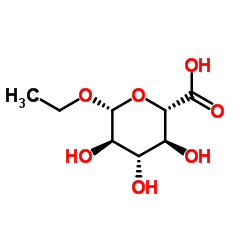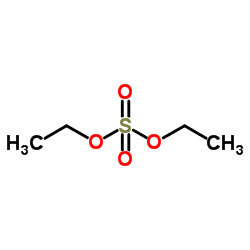| 结构式 | 名称/CAS号 | 全部文献 |
|---|---|---|
 |
乙基 β-D-葡萄糖醛酸
CAS:17685-04-0 |
|
 |
硫酸二乙酯
CAS:64-67-5 |
| 结构式 | 名称/CAS号 | 全部文献 |
|---|---|---|
 |
乙基 β-D-葡萄糖醛酸
CAS:17685-04-0 |
|
 |
硫酸二乙酯
CAS:64-67-5 |